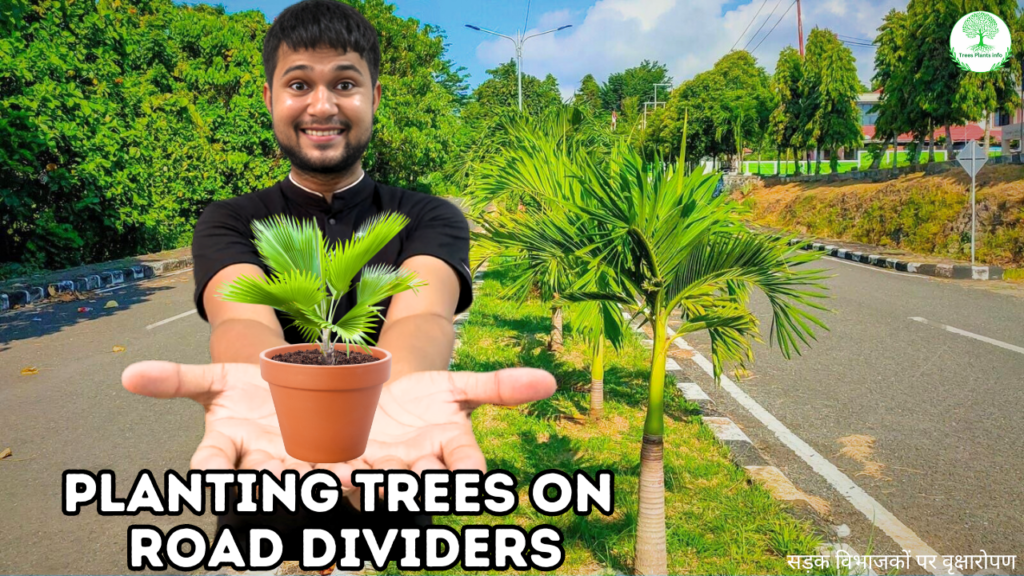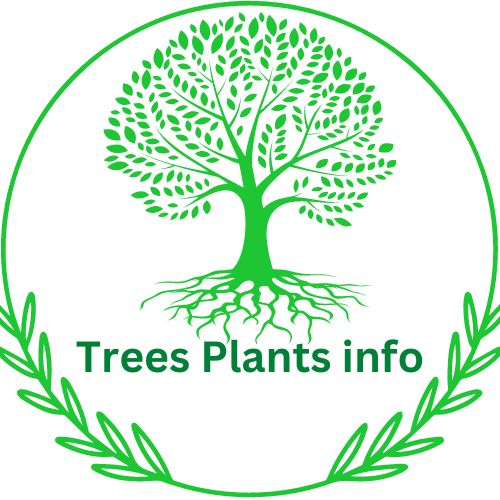Planting trees on road dividers can offer numerous benefits, including reducing urban heat islands, improving air quality, and enhancing the aesthetic appeal of urban areas. Here are some key considerations and steps for planting trees on road dividers:

1. Choosing the Right Trees:
- Size: Choose trees that won’t grow too large and obstruct traffic or infrastructure. Small to medium-sized trees are ideal.
- Root System: Opt for trees with non-invasive root systems to prevent damage to roads and underground utilities.
- Drought Tolerance: Drought-resistant Trees will require less maintenance and watering.
- Air Pollution Tolerance: Select species known to thrive in polluted urban environments.
2. Common Tree Species for Road Dividers:
- Crepe Myrtle (Lagerstroemia): Known for its beautiful flowers and compact size.
- Hawthorn (Crataegus): Hardy trees with attractive blossoms and berries.
- Serviceberry (Amelanchier): Offers beautiful flowers and edible berries.
- Japanese Maple (Acer palmatum): Provides vibrant foliage and is suitable for smaller spaces.
- Ginkgo (Ginkgo biloba): Known for its unique leaf shape and resilience in urban settings.
3. Planting Process:
- Soil Preparation: Ensure the soil is well-drained and fertile. Adding compost can improve soil quality.
- Spacing: Proper spacing between trees is crucial to allow for growth and avoid overcrowding. Typically, space trees 15-25 feet apart depending on the species.
- Planting Hole: Dig a hole that is twice the width of the tree’s root ball but no deeper than its height.
- Planting: Place the tree in the hole, ensuring it is upright and at the same depth as it was in its nursery container. Backfill with soil, pressing down gently to eliminate air pockets.
- Mulching: Apply a layer of mulch around the base of the tree to retain moisture and reduce weeds. Keep mulch away from the trunk to prevent rot. Amazing benefits of planting trees on the Roadside 2025
4. Maintenance:
- Watering: Newly planted trees require regular watering until they are established. After that, they may need less frequent watering.
- Pruning: Regular pruning helps maintain the tree’s shape and removes any dead or damaged branches.
- Protection: Use tree guards to protect young trees from damage by vehicles, pedestrians, or animals.
5. Legal and Safety Considerations:
- Permissions: Obtain necessary permissions from local authorities before planting trees on public property.
- Visibility: Ensure that trees do not obstruct the visibility of road signs, signals, or traffic.
- Safety: Choose tree species that are less likely to drop large branches or produce fruit that could create a slipping hazard.
6. Environmental Impact:
- Biodiversity: Trees provide habitat and food for birds and insects, contributing to urban biodiversity.
- Air Quality: Trees help filter pollutants from the air, improving the overall air quality.
- Climate: Trees absorb carbon dioxide, helping to mitigate the effects of urban heat islands and climate change.
Planting trees on road dividers is a sustainable urban practice that enhances the environment and quality of life. By carefully selecting tree species and following best practices, cities can create greener, healthier urban spaces.
TOP KEYWORDS
planting trees on road dividers,
What are the benefits of planting trees on the roadside?
road divider trees,
planting trees in the city,
road covered with trees,
clearing trees for roads,
Categories:

